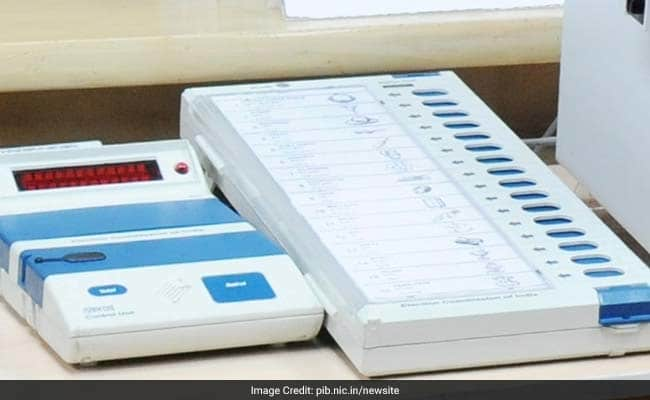
The Supreme Court today rejected petitions seeking 100% verification of votes cast on Electronic Voting Machines with paper slips generated through the VVPAT method. The two-judge bench of Justice Sanjiv Khanna and Justice Dipankar Datta delivered concurrent but separate judgments.
“While balanced perspective is important, blindly doubting a system can breed scepticism and thus, meaningful criticism is needed, be it judiciary, legislature etc. Democracy is all about maintaining harmony and trust among all the pillars. By nurturing a culture of trust and collaboration, we can strengthen the voice of our democracy,” Justice Datta said in the judgment. He added that the court’s approach in this matter has been guided by evidence.
The Supreme Court, however, passed two directions for the Election Commission. The court said that after symbols are loaded into an EVM, the symbol loading unit should be sealed and secured in containers. The candidates and their representatives shall sign the seal. The sealed containers containing the SLUs shall be kept in the storerooms along with the EVMs at least for 45 days after the declaration of results, the court said.
The court further said that the burnt memory semicontroller in 5% of the EVMs that is the Control Unit, Ballot Unit and the VVPAT per assembly constituency per parliamentary constituency shall be checked and verified by a team of engineers from the manufacturers of the EVM after the announcement of results. This check will be carried out on a written request by candidates 2 and 3. Such a request is to be made within 7 days of the declaration of the results. The cost will be borne by the candidate making the request and expenses must be refunded if the EVMs are found to be tampered
The bunch of petitions before the court had sought a direction to cross-verify every vote cast on EVMs with paper slips generated by the VVPAT system. Currently, this cross-verification is done for five randomly selected EVMs in every Assembly constituency.
The Supreme Court had earlier said it is not the controlling authority for elections and cannot dictate the functioning of the Election Commission, a constitutional authority. It had also wondered if it can act on mere suspicion.
Responding to concerns raised by Advocate Prashant Bhushan, appearing for petitioner Association for Democratic Reforms, the court said in the last hearing, “If you are predisposed about a thought-process, then we cannot help you… we are not here to change your thought process.”
In the earlier hearings, the petitioners raised the issue of public trust and drew comparisons with European countries that have gone back to the ballot voting system. The court shot down such comparisons, observing that the challenges here are different. The Election Commission, on its part, stressed that the current system is foolproof.
An EVM has a control unit and a balloting unit. These are connected by a cable. These are also connected with a VVPAT — Voter Verified Paper Audit Trail — machine. This machine enables a voter to see if the vote was cast properly and went to the candidate he/she supports.
Waiting for response to load…
| Denial of responsibility! Thelocalreport.in is an automatic aggregator around the global media. All the content are available free on Internet. We have just arranged it in one platform for educational purpose only. In each content, the hyperlink to the primary source is specified. All trademarks belong to their rightful owners, all materials to their authors. If you are the owner of the content and do not want us to publish your materials on our website, please contact us.The content will be deleted within 24 hours. |













